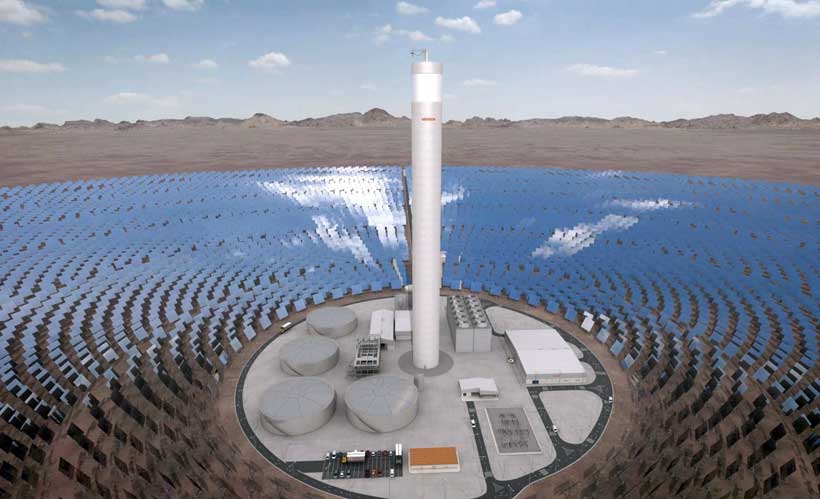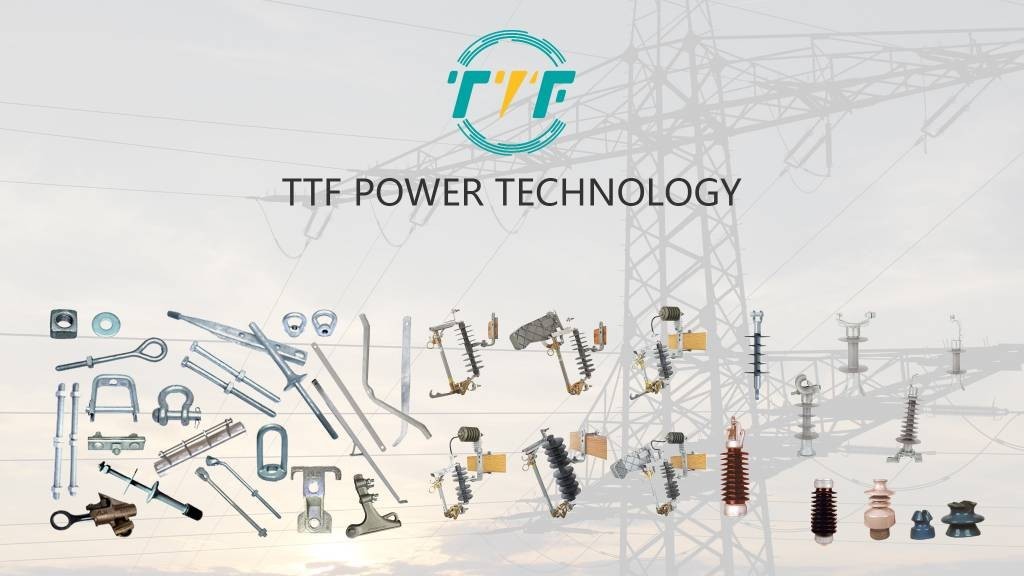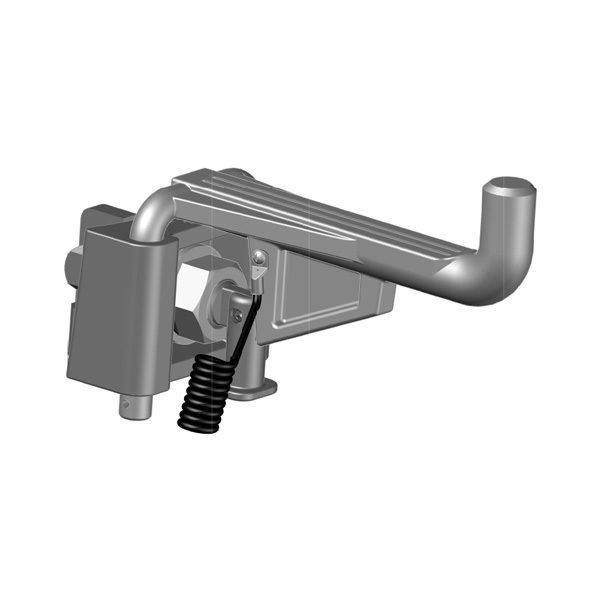
Chile’s renewable share continues to grow over the years, transforming the energy sector. In December 2024, Chile generated 47.0% of its electricity from non-conventional renewables. This shift arises from the combination of favorable natural conditions, supportive government policies, and private sector investment. Chile has various renewable sources ranging from solar energy, wind energy, hydropower, and geothermal. The output from these renewables rose by 16.6% month-to-month to 3,451 GWh in December. This energy is from regions like the Atacama Desert, coastlines, and the Andes mountains. Additionally, the decline in the cost of solar PV and wind energy technologies makes renewable energy projects more competitive. Shifting to renewable energy enhances energy security by diversifying the energy mix and reducing reliance on fossil fuels imports. High-quality pole steps supports the expansion and maintenance of energy infrastructure for renewable energy sources.
Chile has been investing in renewable energy sources like solar and wind projects. This expansion needs the upgraded transmission lines to connect these renewable sources to the national grid. This raises the need for pole infrastructure, including pole steps. Pole steps allow workers to access transmission lines for inspections to reduce downtime and improve grid stability. Pole steps help technicians install and maintain distribution networks that deliver clean electricity to remote communities. Chile is modernizing the energy infrastructure by integrating smart grid technologies to manage energy demand and supply. The use of pole steps allows the installation of smart meters, sensors, and automated switchgear. This supports the integration of renewable energy into the main electrical grid.
Key factors leading to the rise of renewables share in Chile
The rise of renewable energy share in Chile results from natural advantages, policy support, economic factors, and technological advancements. The continued investment in grid infrastructure, energy storage, and sustainable project development will help maintain the renewable share. However, this faces several challenges, including grid congestion, intermittency, and social and environmental concerns. Addressing these challenges could position Chile as a regional leader in renewable energy adoption. TTF is a world-class global provider of high quality overhead line hardware, transmission hardware, distribution hardware, conductors, insulators, cutout switches, anchoring and grounding products. Discussed below are the factors increasing renewable share in Chile.

- Abundant natural resources—Chile’s Atacama Desert has high solar irradiation levels, which makes it ideal for large-scale solar PVs. The coastlines and mountainous regions provide wind resources for energy generation. It also has hydropower and geothermal potential.
- Supportive government policies—Chile aims to achieve 70% renewable energy in its electricity mix by 2030 and carbon neutrality by 2050. There are also tax incentives and subsidies for renewable energy projects.
- Reduced renewable technology costs—the decline in solar PV and wind turbine costs makes renewable energy projects cost-competitive with fossil fuels.
- Energy security and diversification—Chile depends on imported fossil fuels, which makes the energy supply vulnerable to price volatility. Energy diversification reduces Chile’s reliance on a single source of energy. This makes the energy system more resilient.
- Technological advancements—innovation in battery energy storage technologies help address the intermittency nature of solar and wind energy. Investments in smart grid technology and transmission infrastructure have improved the ability to distribute renewable energy across the nation.
The functions of pole steps in renewable energy development in Chile
A pole step is ametal bracket attached to utility poles and allows workers to climb them for maintenance, installation, or repairs. Pole steps play a crucial role in expanding and maintaining the energy infrastructure for sources like solar and wind. The use of a pole step eases grid connectivity, stabilizes voltage, supports decentralized energy systems, and improves grid reliability. The following are the functions of a pole step in renewable energy development.

- Grid connectivity—pole steps are crucial for connecting small-scale renewable energy systems. These include rooftop solar to the grid. They also enable the connection of off-grid renewable energy systems to local distribution networks.
- Voltage regulations—renewable energy sources like solar and wind are intermittent, which leads to fluctuations in voltage levels. Pole-mounted transformers help regulate voltage and ensure stable and reliable power supply.
- Decentralized energy systems—pole steps play a crucial role in integrating decentralized energy systems into the grid. Additionally, they connect microgrids powered by renewables to local communities.
- Improving grid reliability—a pole step helps reduce energy losses over long distances and improve grid efficiency. They contribute to the stability of the grid by managing voltage fluctuations caused by the variable nature of renewable energy sources.